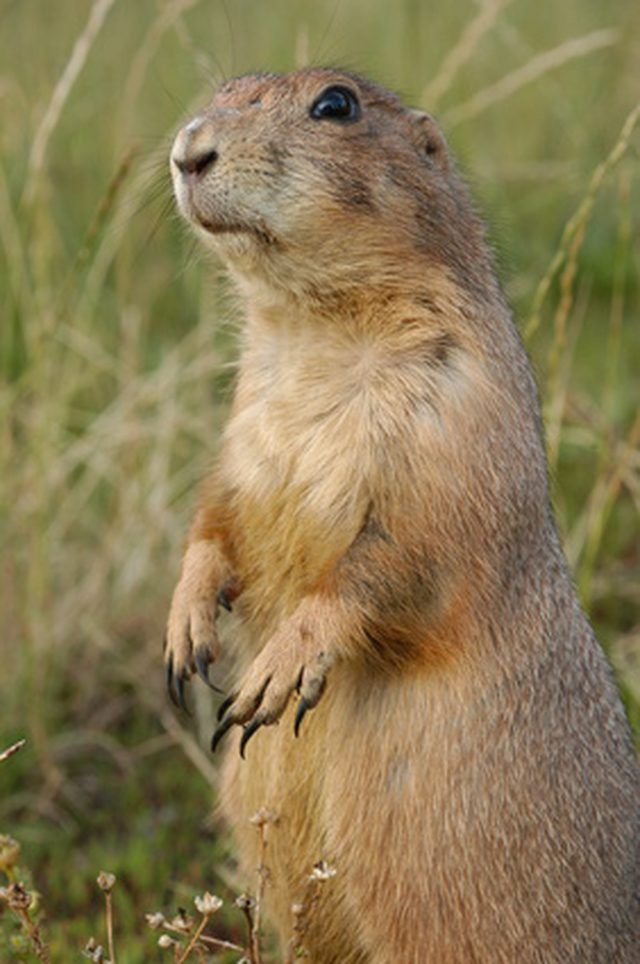Bulbs
Flower Basics
Flower Beds & Specialty Gardens
Flower Garden
Garden Furniture
Garden Gnomes
Garden Seeds
Garden Sheds
Garden Statues
Garden Tools & Supplies
Gardening Basics
Green & Organic
Groundcovers & Vines
Growing Annuals
Growing Basil
Growing Beans
Growing Berries
Growing Blueberries
Growing Cactus
Growing Corn
Growing Cotton
Growing Edibles
Growing Flowers
Growing Garlic
Growing Grapes
Growing Grass
Growing Herbs
Growing Jasmine
Growing Mint
Growing Mushrooms
Orchids
Growing Peanuts
Growing Perennials
Growing Plants
Growing Rosemary
Growing Roses
Growing Strawberries
Growing Sunflowers
Growing Thyme
Growing Tomatoes
Growing Tulips
Growing Vegetables
Herb Basics
Herb Garden
Indoor Growing
Landscaping Basics
Landscaping Patios
Landscaping Plants
Landscaping Shrubs
Landscaping Trees
Landscaping Walks & Pathways
Lawn Basics
Lawn Maintenance
Lawn Mowers
Lawn Ornaments
Lawn Planting
Lawn Tools
Outdoor Growing
Overall Landscape Planning
Pests, Weeds & Problems
Plant Basics
Rock Garden
Rose Garden
Shrubs
Soil
Specialty Gardens
Trees
Vegetable Garden
Yard Maintenance
How to Get Rid of Prairie Dogs
How to Get Rid of Prairie Dogs. Prairie dogs are a type of ground squirrel that burrows under the ground in the grassland areas of North America, according to Desert USA. They can grow over 1 foot long and weigh up to 3 pounds. Prairie dogs get their name because of their preferred habitat and because their bark sounds like a dog's bark. Prairie...

Prairie dogs are a type of ground squirrel that burrows under the ground in the grassland areas of North America, according to Desert USA. They can grow over 1 foot long and weigh up to 3 pounds. Prairie dogs get their name because of their preferred habitat and because their bark sounds like a dog's bark. Prairie dogs are highly social rodents that produce a litter of three to eight pups per year, according to the University of Kansas. Many consider prairie dogs to be invasive animals.
Hire an exterminator. These professionals know the most effective way to get rid of rodents quickly. How to Get Rid of It explains an exterminator will use poison, gas or fire to get rid of prairie dogs. In addition, these professionals will remove dead carcasses; clean up the "homes" the rodents made in, around or under your home and deodorize.
Poison the prairie dogs with poison grain or pellet baits if it's legal in your area and you don't want to hire an exterminator. The University of Kansas instructs only to use toxicants labeled for prairie dog control. To apply the zinc phosphide grain or pellet baits, first scatter untreated, steam-rolled oats not tainted with poison along the edge of a prairie dog mound (by the grass). After a few days, when the prairie dogs are accustomed to the oats, taint them with poison and place them in the same location outside the mound.
Apply poisons containing chloraphacinone directly into a prairie dog burrow.
Fumigate prairie dog mounds if it is legal in your area. According to the University of Kansas, fumigants are the best way to get rid of prairie dogs. Fumigants contain aluminum or magnesium phosphide, which emit a poisonous gas when paired with gas cartridges made of carbon monoxide. To fumigate the burrows, drop aluminum or magnesium phosphide pellets or tablets into the burrow. Prepare the gas cartridge by punching a few holes into it, inserting the fuse and rolling the cartridge deep into the burrow. Immediately plug the opening of the burrow with sod, grass side down, and loose soil.
Tips & Warnings
Only use fumigants as a last resort because they are expensive, hard to use correctly, and are dangerous to humans and other animals.
Trapping prairie dogs is the most humane way to rid them from your home. However, How to Get Rid of It states you will most likely only capture young rodents. Prairie dogs do not do well with new things in their habitats and will most likely not fall for the trap.
Dispose of dead prairie dogs properly. If you do not, the carcasses will smell bad and can poison other animals that the odor might attract.